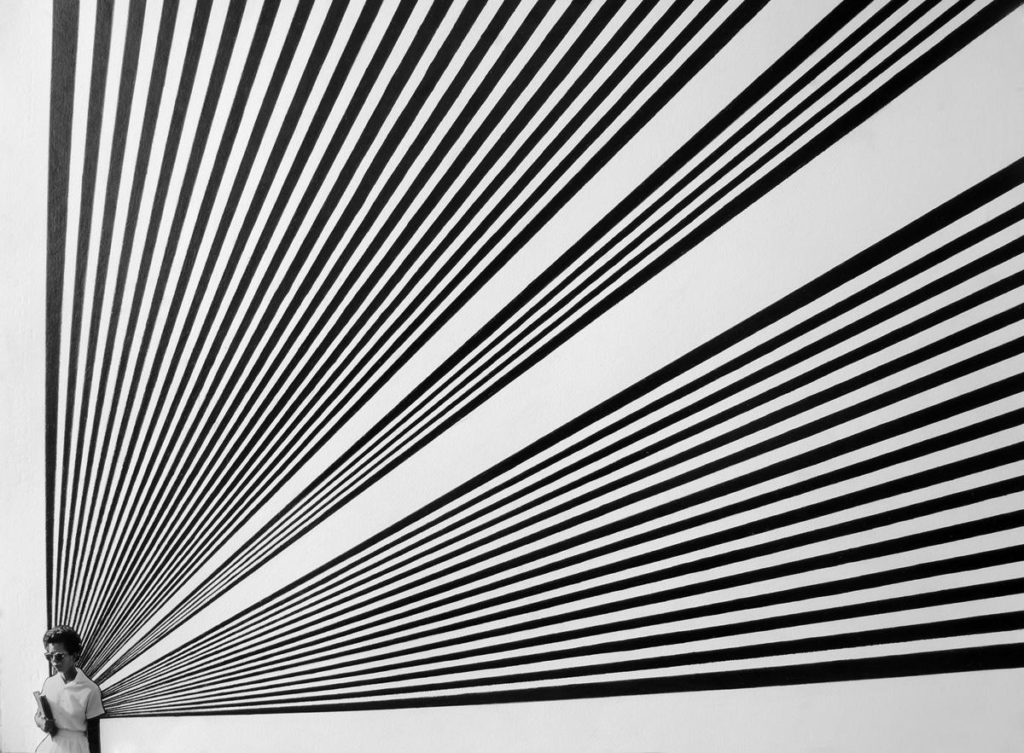As part of our collection of reading lists on key focus areas, explore these selected works that speak to race in America.

Rico Gatson, ELIZABETH, 2015, color pencil and photograph on paper (22″ x 30″)
Essays/Nonfiction
- In her dispatch, “Statue,” Lisa Williamson Rosenberg recalls childhood visits to the American Museum of Natural History in New York and reckons with the racist implications of a long-accepted statue.
- In “Notes on Camp: 2020,” Val Wang reflects on belonging and otherness and the utopian dreams and harsh realities both of summer camps and of living in America.
- In “Passing Strange” (Issue 12), W. Ralph Eubanks returns to Mississippi and reflects on growing up Black, being perceived as white, and the shifting (and persistent) attitudes around race in the South.
- In “Land Not Theirs” Madison Davis examines the role of the Black church in her family and the church’s history as a tool of racial oppression in America as she recounts her own turn away from the church as a young college student.
- In “We Shall Be a Country with No History” (Issue 17), Aatish Taseer recalls coming to Amherst College from India and his awakening to the politics of race in America.
- In “Every Month is Black History Month” (Issue 12), Susan Straight reflects on being a white mother “trying to help [her] daughters navigate the looks and words and physical manifestations of racism.”
- In “Split Me in Two” by Celeste Mohammed, Kamala Harris’s rise to power provides a springboard for Mohammed to explore mixed race identity and its associated challenges and joys, as she probes the enduring legacy of slavery and “judging human beings by their standard deviation from whiteness,” both in the West Indies and the US.
- Alicia Mireles Christoff reviews Karla Cornejo Villavicencio’s The Undocumented Americans, which tells stories of undocumented Latinx immigrants living in cities around the US, reflecting on racialized labor and trauma.
- In his dispatch “Sam’s Super Burger,” Siew David Hii discusses being Asian American in the deep South and recounts a lunch rife with microaggressions and a growing gulf between brothers.
Poetry
- These powerful poems from Jessica Lanay and Marlin M. Jenkins, including Lanay writing from the perspective of Harriet Hemings and Jenkins’ take on being seen and seeing clearly, reflect on the painful history and persistence of racism in the United States.
- In “Lesson for Cortney” (Issue 13), Cortney Lamar Charleston starts at an intersection and constructs a powerful list of lessons about race, class, and the dangers, contradictions, and facts of life.
- In “The Beauty of Boys Is” (Issue 13), Vievee Francis renders the innocence of childhood with the “darkening horizon” of adulthood in the distance, while in “This Morning I Miss Such Devotion” (Issue 14), Francis turns her eye to a certain sort of woman, “a sister whose voice is gentle as a lullaby,” and a longing for softness and strength and healing.
- Diana Babineau’s “What My Father Said” (Issue 17), reflects on the different stakes for a white father and Black child in a 94% white suburb in Connecticut, and questions where and how to find a place of belonging.
Fiction
- In “You’re the Sweetest One” by Lashonda Katrice Barnett, a roadside accident in segregation-era Indiana sparks a complicated love between a hearse driver and an aspiring model.
- Kashauna Cauley’s “The Electric City” is an ode to Detroit that employs sly humor to explore race relations, economic inequality, and what to do with a fresh start.
Images
- These selected works by artist Rico Gatson are odes to Black power and reminders of and responses to contemporary art’s unconscious whiteness.
Reading List: Race in America
